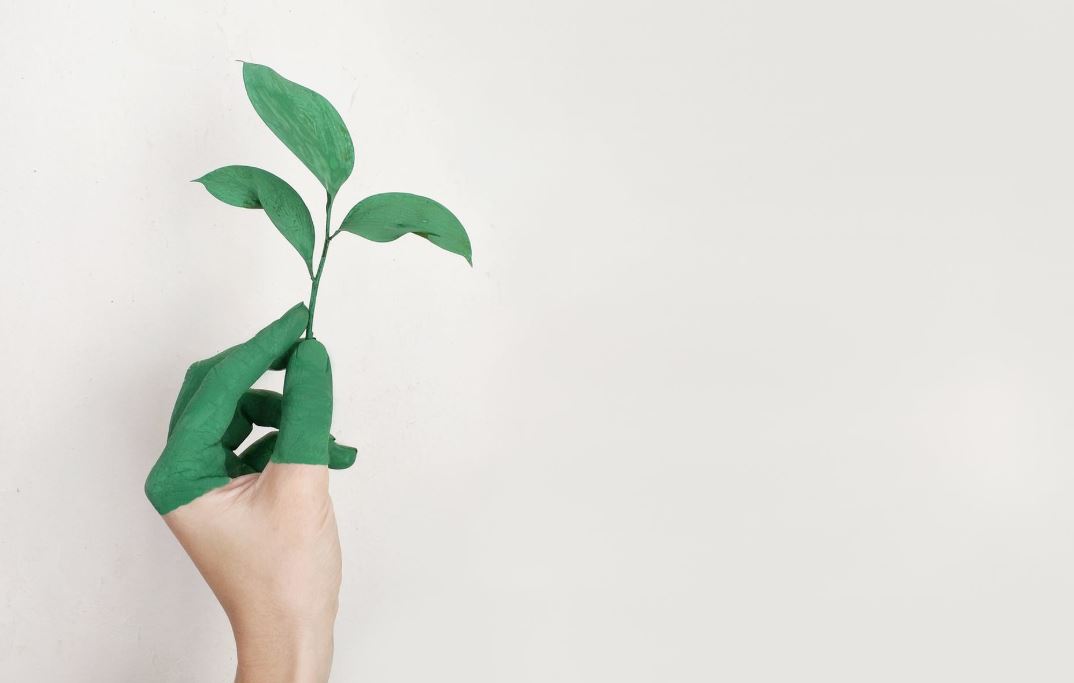Learning to walk is a key milestone in any child’s life, and parents eagerly await the moment when their baby takes those all-important, slightly tottering, first steps.
Babies generally start to walk sometime between nine and eighteen months, and for most babies it takes around 1,000 hours of practice from the time they first pull themselves to a standing position until they are able to walk unaided. For many hundreds of years, parents have turned to various methods to ease this process and assist their child in their quest to learn to walk.
Leading Strings
Hugely popular as walking aids in the 17th Century, were ‘leading strings’. These were long pieces of fabric attached to the clothing of children in the early stages of walking. They were held by the child’s primary carer and used to prevent them from falling or straying too far as they learned to walk.
While some might view them as a kind of leash, they were widely used and played a key role in assisting the child to walk, helping them to maintain their balance and avoid injury. The ‘strings’ were removed from a child’s clothing as soon as they started walking freely without help.
Baby Walkers
One particular trend that has endured through the ages is that of the baby walker. Baby walkers have been around for hundreds of years, appearing in 14th and 15th Century works of art, and their popularity continues today. Although the aesthetics may have changed, and today’s walkers have more bells and whistles, the fundamental design is based on the traditional wooden baby walker and has altered little over the years.
Parent-assisted Baby Walkers
Parent-assisted baby walkers have grown in popularity in recent years and are now the walking aid of choice for many parents. Also known as ‘Walking Wings’, parent-assisted baby walkers have two long straps for parents to hold to support their baby in an upright position as they take their first steps.
With a striking similarity to the ‘Leading Strings of the 17th Century, they can be an effective way of teaching your child how to walk whilst eliminating the danger of falls and injuries.
The Future?
It’s impossible to predict the future, but with the proliferation of everyday technology, it seems likely that technology will play a role in the walking aids of the future. Perhaps we will see a baby walker which monitors and records steps taken – for the more competitive parents among us to share on social media.
Or perhaps a walking aid with a smart phone link-up so that parents can still see their baby walking even if they are at work. However, the enduring popularity of baby walkers and the emergence of a modern day version of leading strings indicates that perhaps the old ones really are the best.
John Bellusci is a writer for Cottage Toys, one of the leading online boutiques for traditional wooden toys and baby gifts.




